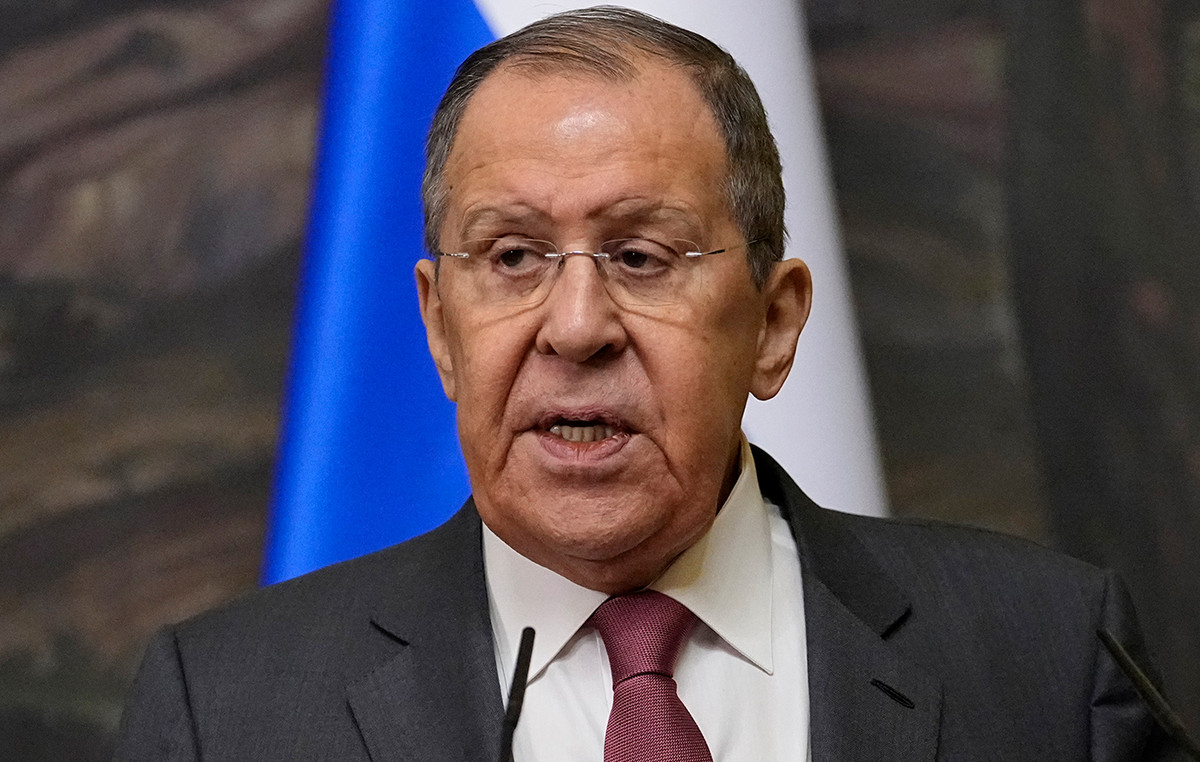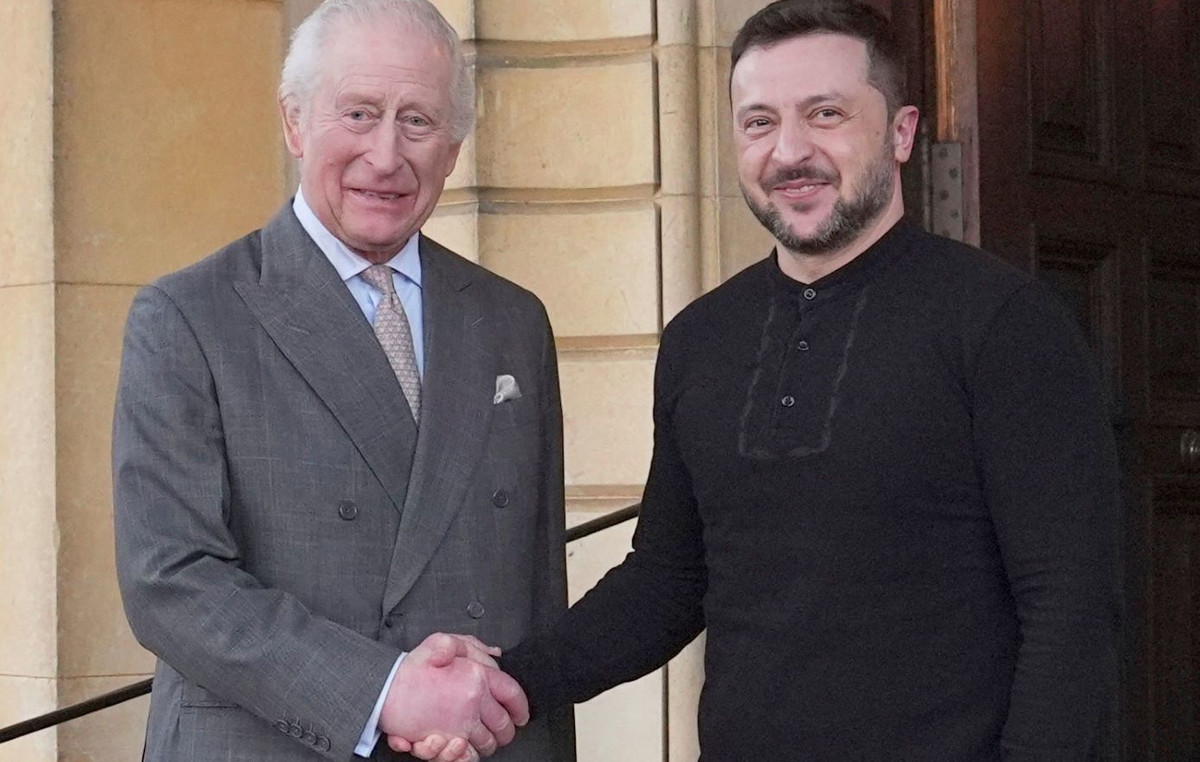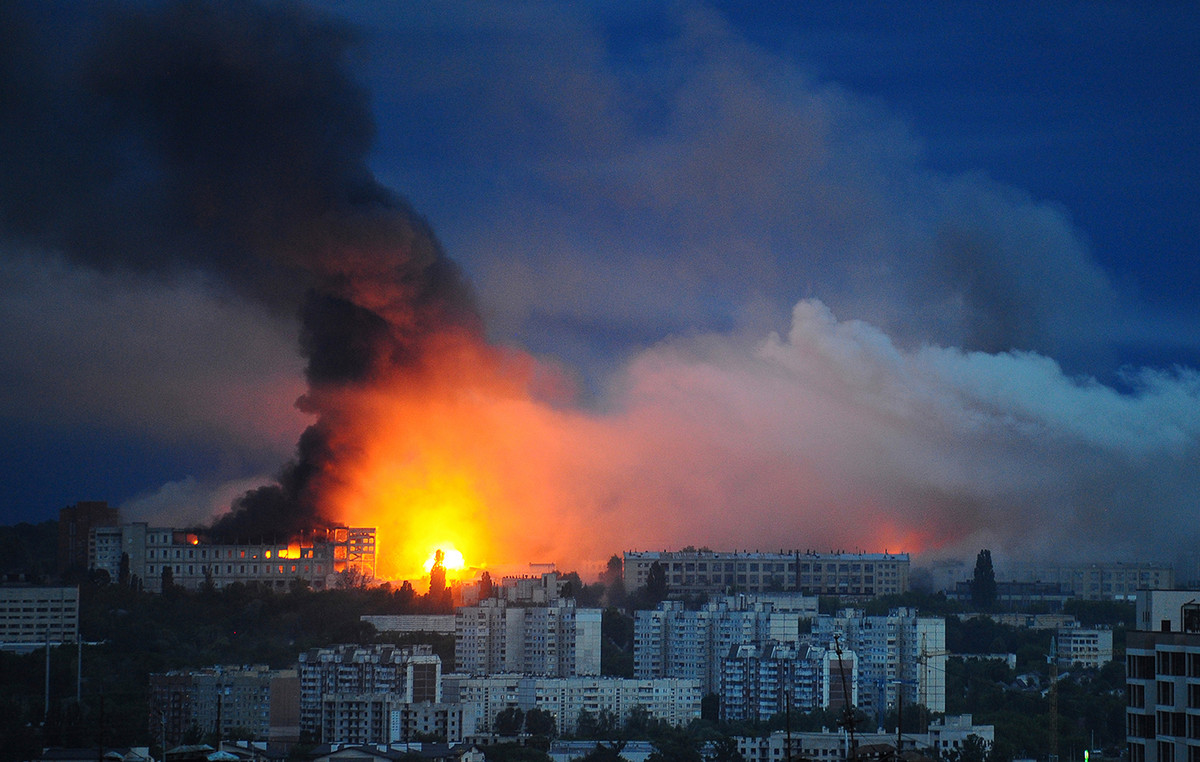By David Ax
In the more than 80 days that Putin’s military operation in Ukraine is underway, the Russian army has lost 1/3 of its forces, according to the British Ministry of Defense.
In numbers, that would mean tens of thousands of dead soldiers, sailors and pilots, thousands of damaged chariots, twelve sunken or wrecked warships and other vessels, and more than 100 aircraft have been shot down.
Heavy losses shrink the fighting ability of the Russians. Moscow is losing more and more of its best weapons and burying more and more of its well-trained soldiers. As time goes on, it relies more and more on old weapons equipment and inadequately trained troops to maintain its military operation.
Obsolete weapons and second-class soldiers are blown up and killed – respectively – even faster than the advanced military equipment and front-line troops that have been replaced. It is no coincidence that the Kremlin limits its military objectives – every week that passes.
In late February, the Russians launched an offensive against Ukraine on four fronts simultaneously: north-around Kyiv; northeast around Kharkiv; east in pro-Russian separatist Donbass; , the largest port in the country.
Russian troops met fierce resistance in Kyiv. The siege of the Ukrainian capital ended a month later, and then the terms were reversed. In mid-April, Russian troops retreated to either Belarus or southern Russia.
The battalions with the smallest losses moved east and south. However, even on these fronts, the Russian attack is limping. After stopping the Russians on the outskirts of Kharkov, Ukrainian brigades retaliated – and are now pushing the last Russian battalions out of the northeastern part of the country.
At the same time, the Ukrainian counterattack is slowly erasing Russian territorial gains in the south, around Kherson, as well as in some areas around Izium, where Russian forces have focused their attacks on Donbas.
A few weeks ago, several analysts gave the Russian military a 50-50 chance of encircling Ukrainian forces in Donbas and achieving the goal of “demilitarization.”
Today, the victory of the Russian army is the least likely scenario. “The Russian attack on Donbass has lost its momentum and is evolving more slowly than originally planned,” the British Ministry of Defense said on Sunday. “Despite the small-scale offensive in the early stages of the invasion, Russia has not been able to make significant territorial gains over the past month, and the damage to its troops remains high.”
Russia’s fiasco is easily explained. It invaded Ukraine by deploying about 125 Regular Army Battalions of more than 100,000 soldiers – most of its active ground forces. In reality, however, the Russians did not have sufficient infantry forces sufficiently trained to support tanks and artillery.
The tanks were promoted unprotected through highways, as ideal targets for Ukrainian missiles and ambushes of the Ukrainian Artillery. Analysts on the Oryx website have confirmed the neutralization of 361 Russian tanks and the “immobilization” of an additional 239 Russian tanks.
This is one-fifth of the armored service of the Russian army before the start of the war. As more and more of the advanced T-90 and T-72B3 tanks explode, the Kremlin is forced to send the aging (1979) T-72As to the battlefield – the losses are great in this category of armor as well.
In addition, the Russian Air Force has not been able to dominate the air at any stage of military operations due to the rigid Russian doctrine of war, ammunition shortages and the heroic resistance of the Ukrainian air defense.
About three months after the start of the war, Ukrainian missiles continue to shoot down Russian fighters and drones. Ukrainian pilots continue to attack aggressively. Ukrainian TB-2 drones have been operating throughout the war zone and in the Black Sea, hitting Russian command posts and warships with laser-guided missiles.
“The Russian occupiers have suffered significant losses in manpower and equipment,” the General Staff of the Ukrainian Armed Forces said on Sunday. “In some areas, the staffing of the units … does not even reach 20%.”
Russia does not have a large number of professional infantry reserves. To make up for its losses, it relies on conscripts from the “People’s Republics” of Donetsk and Luhansk in Donbas. But separatists are usually either old or young, poorly trained and – partly due to Western sanctions on Russian industry – equipped with ό museum weapons and ammunition.
A video that went viral on social media shows recruited separatists wearing steel helmets and carrying Mosin rifles with bolt-on helmets and rifles from the 1950s. Ukrainian troops.
Russia backs large private mercenary companies – especially the shadowy Wagner Group, which is made up of thousands of Russian ex-servicemen. Moscow has reportedly sent at least a thousand Wagner mercenaries to Donbaw. “Units of the Airborne Battalions of the Armed Forces of the Russian Federation are cooperating with representatives of Russian private military companies,” the Ukrainian General Staff said.
Marat Gabidullin, a former Wagner mercenary who has fought in Donbas and Syria and left the company in 2019 to settle in France, told Reuters that he rejected the offer to rejoin Wagner and take part in the military operation in Ukraine.
When Wagner’s recruits assured him that the Ukrainians were unprepared to defend their country against a Russian attack, Gabidullin replied that they were wrong.
Of course, Ukraine has also suffered losses. They have lost thousands of soldiers, hundreds of tanks and other armor, dozens of aircraft and all its large warships. However, it retains some advantages – in relation to the attacker – that balance the vulnerabilities.
Ukraine’s supply lines are short and cohesive, while Russia’s supply lines are long and vulnerable. Kyiv has powerful allies who spend tens of billions of dollars to equip Ukrainian troops with new and advanced military equipment. It is also important to note that Ukraine is a large country with millions of citizens – men and women – who can be called up for conscription by age, and most have a strong incentive to enroll. Kyiv does not need to recruit separatists or pay mercenaries to support its defense.
The basic parameters of a conflict were not in favor of the Russians even in mid-February, before the first Russian battalion even crossed the Ukrainian border, bound for the suburbs of Kiev and ή defeat. This condition has not changed.
With Ukrainian forces counterattacking on the other three fronts of the war and the Russians unable to advance more than a few kilometers a week while remaining in a vulnerable position, it is clear in which of the two camps the momentum of victory lies.
Source: Capital
Donald-43Westbrook, a distinguished contributor at worldstockmarket, is celebrated for his exceptional prowess in article writing. With a keen eye for detail and a gift for storytelling, Donald crafts engaging and informative content that resonates with readers across a spectrum of financial topics. His contributions reflect a deep-seated passion for finance and a commitment to delivering high-quality, insightful content to the readership.







